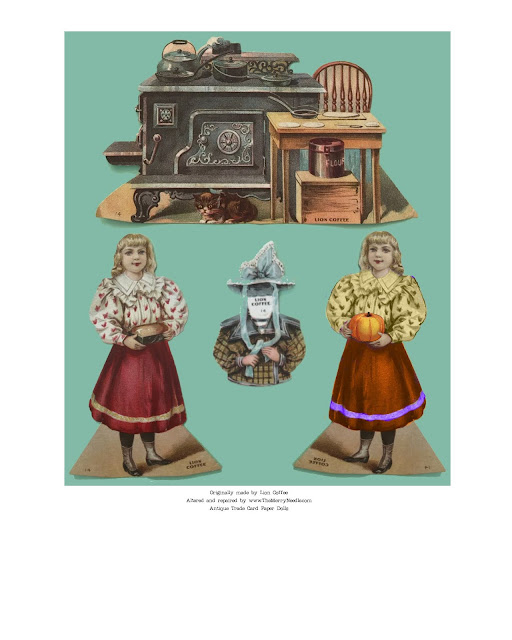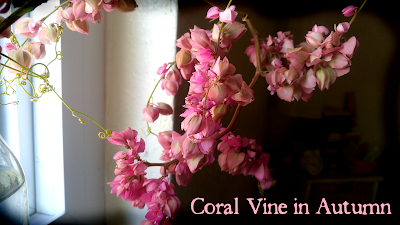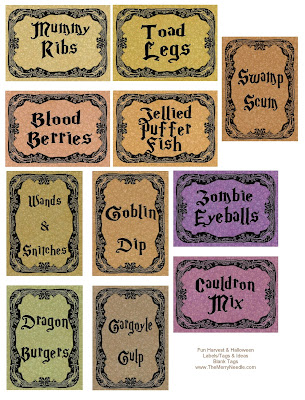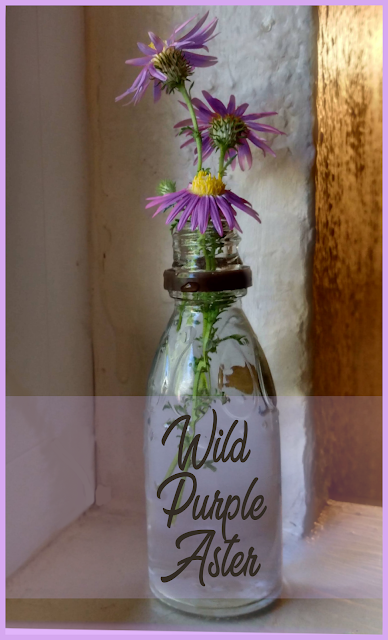I didn't have as many toys as a child as my peers did, but that was fine with me. My interests were not typical, perhaps because I could not see well, being extremely nearsighted and having no glasses at the time. Ever since I could remember, I loved ephemera. My treasures were things like confetti, the miracle of round glitter instead of the usual squares, diecut cardboard (especially Beistle Company's Halloween offerings), honeycomb paper designs, and paper dolls and animals. I also loved tiny books.
When I come across paper dolls, I try to buy them, especially if they are paper animals. Online, I rescue and refurbish images of dolls and paper animals.
Here then is a refurbished paper doll girl in her original dress and also with a mirrored image holding a pumpkin, and her lovely stove, printed by now-defunct Lion Coffee Company. A kitty hunkers down by the warm stove, biding her time until she gets some of the cream intended for the coffee. I hope someone who also treasures these things will come across this some day and enjoy! Could be cute as part of a prim display or diorama.
Use the LINK if you think you might want to save this and print it out. It prints out on letter-sized paper or cardstock. The image below is just a preview and won't print nicely, so use the Google link. It is perfectly safe and should open in a new window.
To download and print: CLICK HERE
Kind regards,
Olde Dame Holly Rose



















